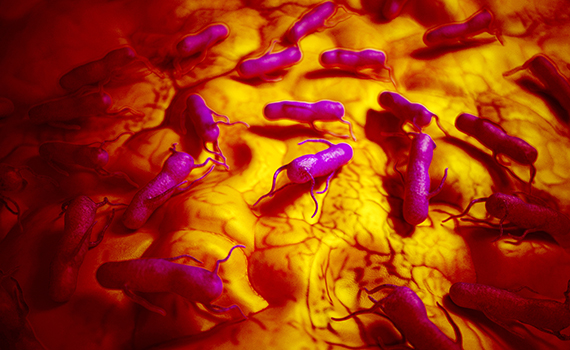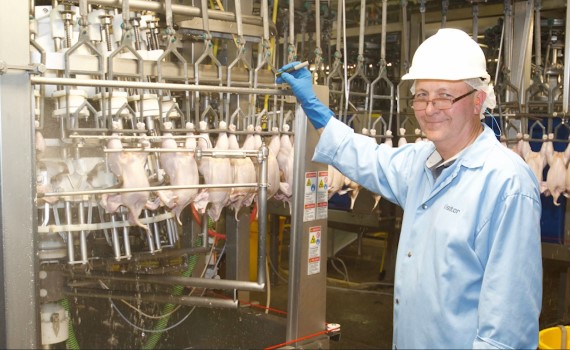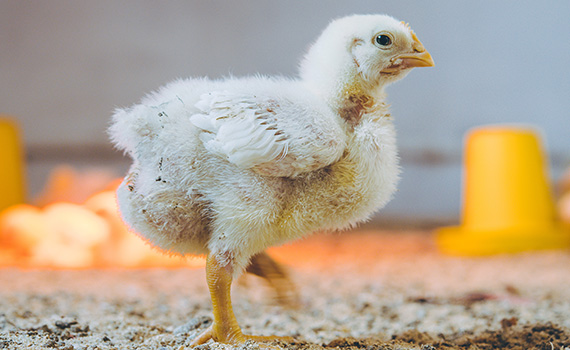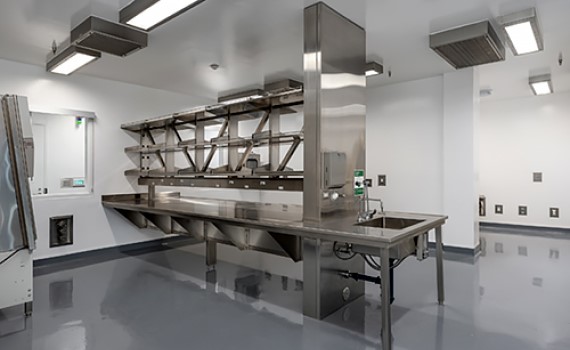Pre-harvest controls vital to tackling Salmonella prevalence
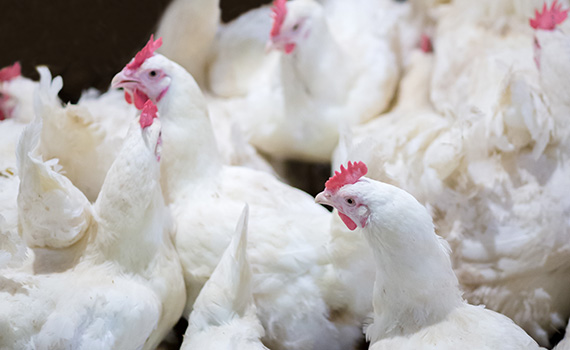
Producers must voluntarily adopt pre-harvest interventions to help reduce the prevalence of Salmonella in US poultry products, according to experts.
The USDA Food Safety and Inspection Service’s (FSIS) proposed regulations to reduce Salmonella throughout the production process mean greater pressure is being placed on pre-harvest approaches to limit the pathogen.
But because the USDA does not have regulatory authority on the farm level, producers must recognize that food safety begins on the farm and be prepared to introduce their own mitigation measures, according to a report on Watt AgNet.
“The FSIS released a guideline in June 2021 that offered guidance on interventions to control Salmonella in raw poultry,” Doug Fulnechek, DVM, Zoetis senior public health poultry veterinarian, told the 2022 Poultry Tech Summit.
“It includes sections on vaccinating breeder flocks, applying a modified-live Salmonella vaccine spray at hatch, lethality steps at the feed mill, optimizing feed withdrawal and strengthening biosecurity in broiler houses.
“I believe the FSIS is looking for the industry to adopt live prerequisite programs and plant programs. It is likely that this dual intervention idea is going to contribute to a producer’s status in the industry.
“But if a company only does one of these, they will be on a secondary, less prestigious level. Some companies may not adopt anything, and they would be on the lowest level,” he continued.
As of now, the industry needs to focus on what interventions it can use to address the proposed regulations.
One practice could be to process birds with the lowest Salmonella risk earlier in the work shift to prevent contaminating the following flocks — a measure commonly used in Europe.
However, recent studies suggest Salmonella incidence on poultry farms ranges from 83% to 90%, making this tactic difficult, said Nikki Shariat, PhD, of the University of Georgia’s college of veterinary medicine.
Some gray areas the industry will need to address include when and where the sample should be collected, what indicates a high level of Salmonella and other performance indicators producers can use to evaluate their flocks, Shariat added.
Posted on December 15, 2022
 We’re glad you’re enjoying
We’re glad you’re enjoying











